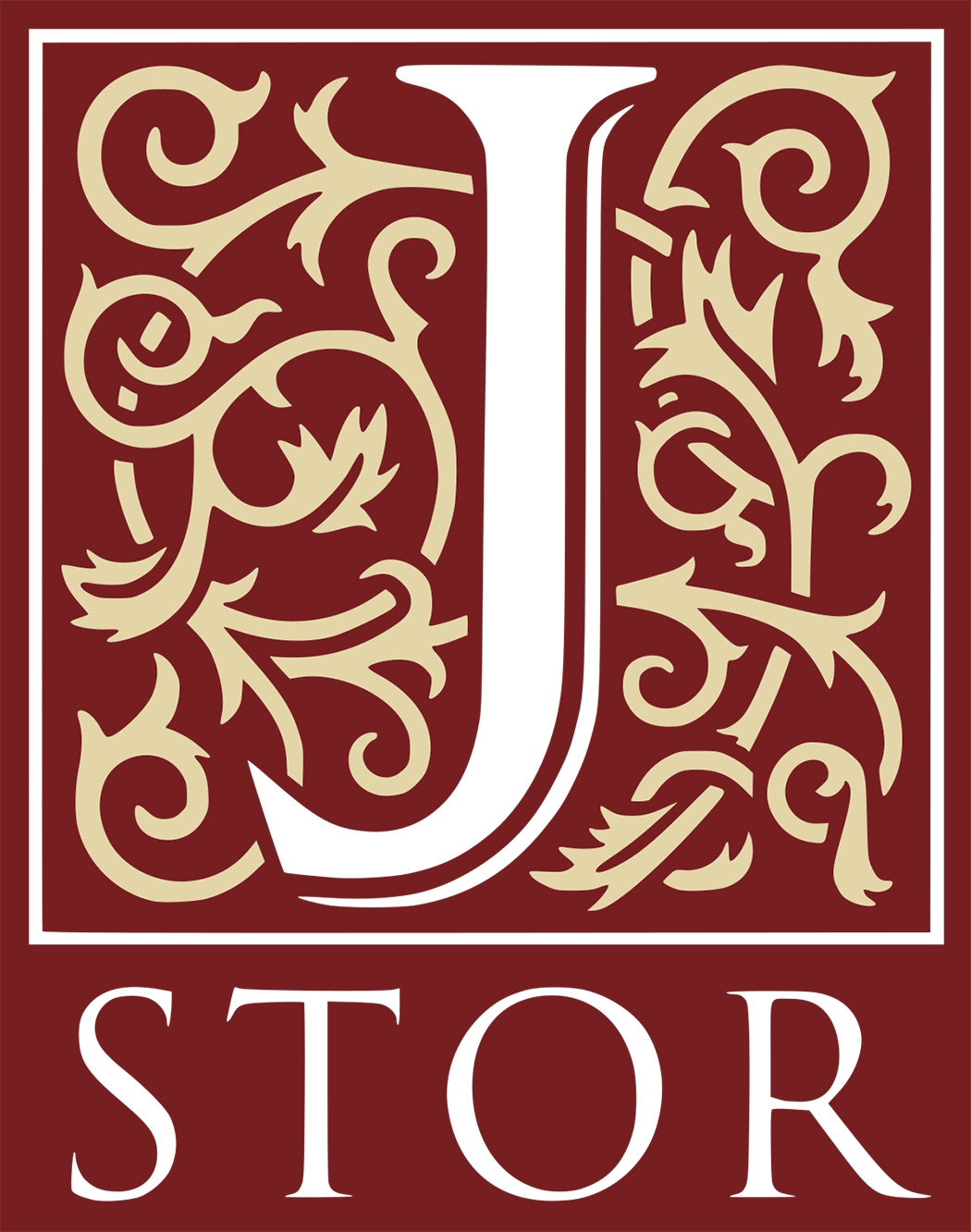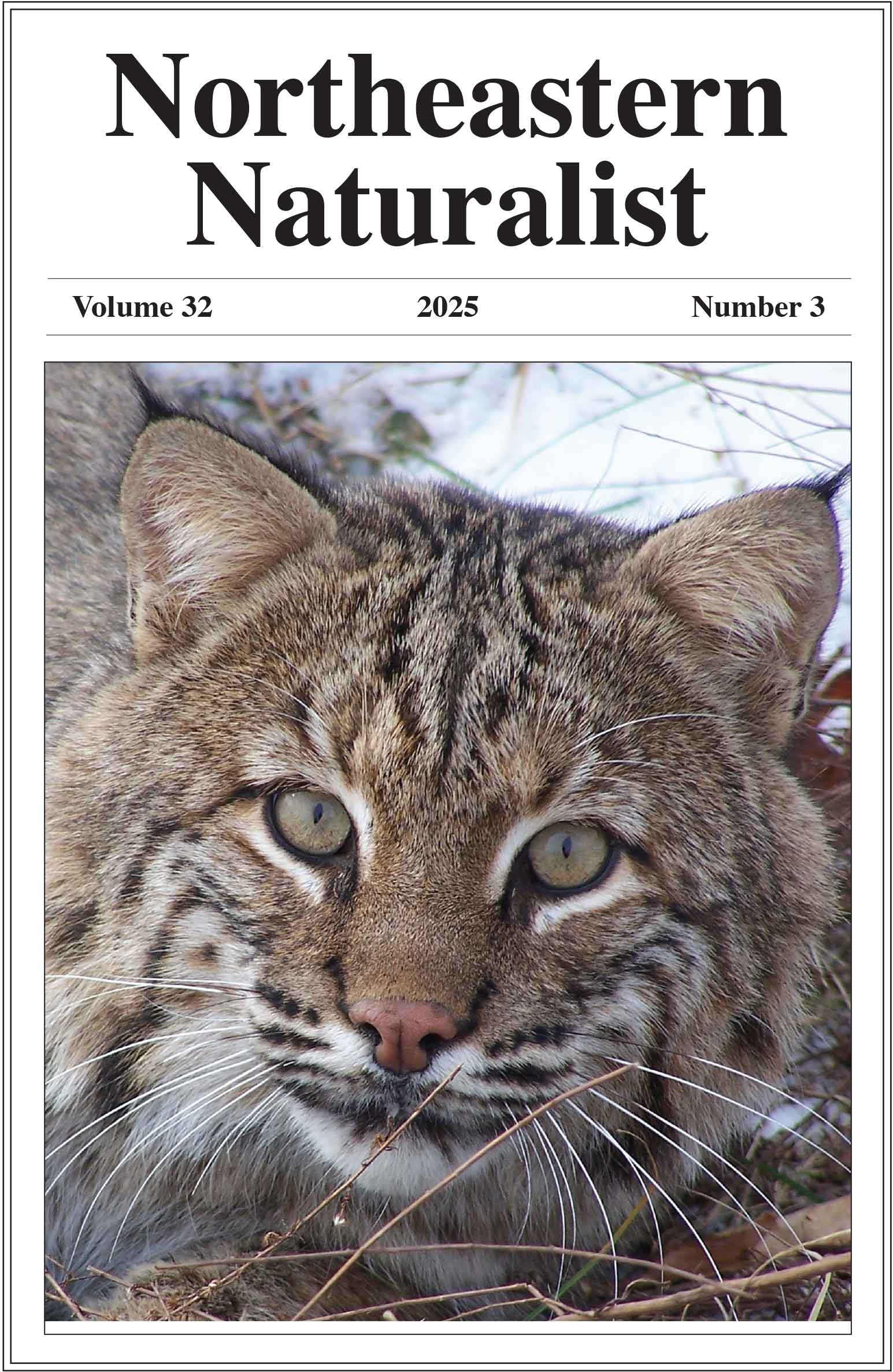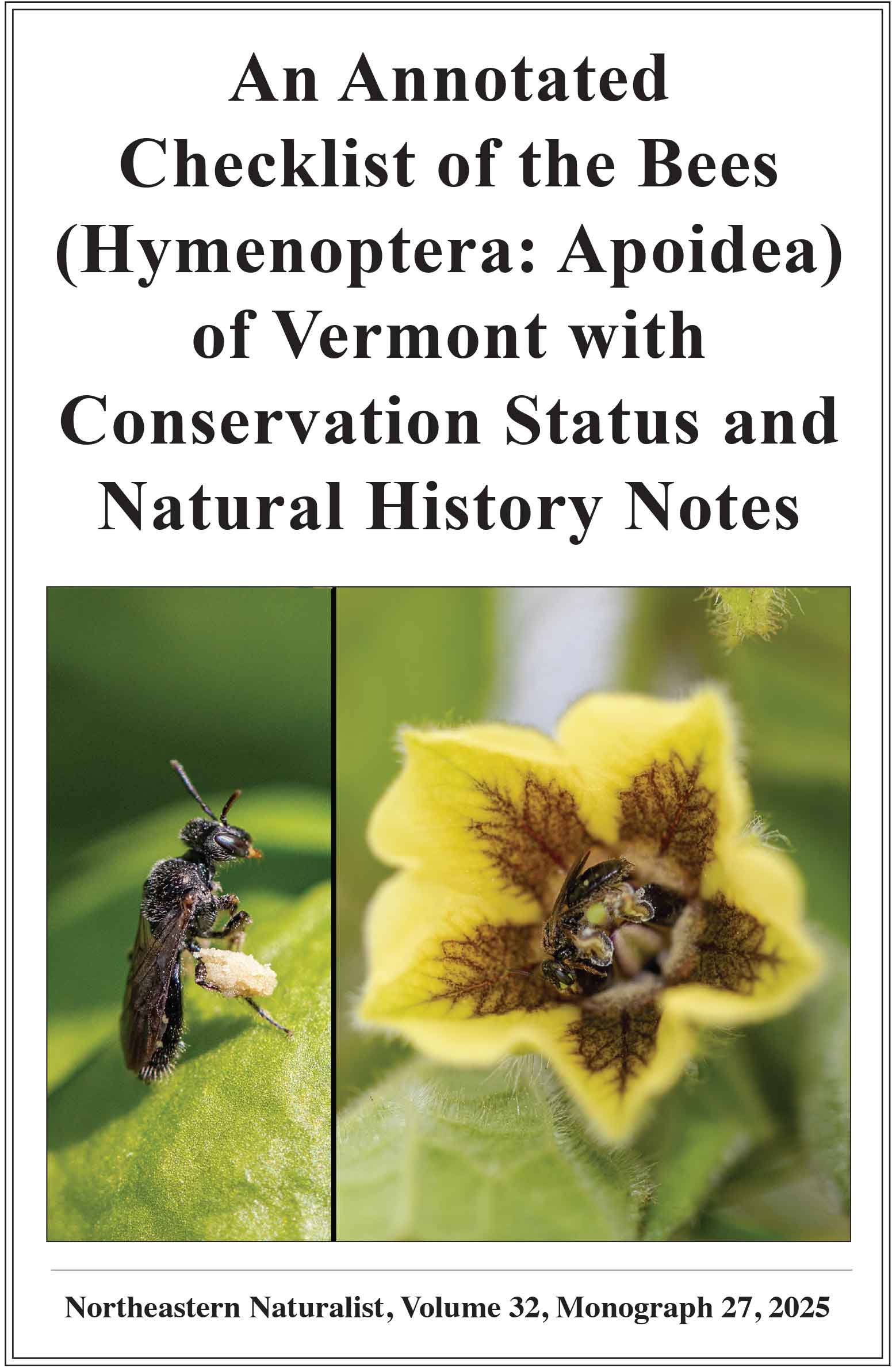Parasitoids Attacking the Browntail Moth, Euproctis chrysorrhoea (Lepidoptera: Erebidae), During a Regional Outbreak in Maine, and Factors Influencing Their Abundance
Karla S. Boyd1,*, Eleanor Groden2, Charlene Donahue3, and Francis A. Drummond4
1Maine Department of Agriculture, Conservation and Forestry, Board of Pesticides Control, 90 Blossom Lane, Augusta, ME 04330. 2Professor Emerita, Entomology, School of Biology and Ecology, University of Maine, 5722 Deering Hall, Orono, ME 04469. 3Retired, Maine Department of Agriculture, Conservation and Forestry, Maine Forest Service, 18 Elkins Lane, Augusta, ME 04330. 4Professor Emeritus, School of Biology and Ecology, University of Maine, 5722 Deering Hall, Orono, ME 04469. *Corresponding authors.
Northeastern Naturalist, Volume 32, Issue 3 (2025): 363–387
First published early online: 30 July 2025
Abstract
Euproctis chrysorrhoea (Browntail Moth) was inadvertently introduced into Massachusetts in 1897. It damaged deciduous forests, and its toxic hairs caused health issues in New England and southern Maritime Canada before populations declined in the 1920s and 1930s. In 2015, an outbreak spread from midcoast Maine northeast along the coast and inland, again causing human- and tree-health issues. This study reports 11 species of parasitoids found attacking Browntail Moth during the ongoing outbreak between 2016 and 2018, including the specialist primary parasitoid Townsendiellomyia nidicola and the generalist Monodontomerus aereus, which can also act as a hyperparasitoid. Total parasitism by all species, as well as by individual predominant species and taxa increased with distance to Maine’s marine coast.
![]() Download Full-text pdf (Accessible only to subscribers. To subscribe click here.)
Download Full-text pdf (Accessible only to subscribers. To subscribe click here.)
Access Journal Content
Open access browsing of table of contents and abstract pages. Full text pdfs available for download for subscribers.
Issue-in-Progress: Vol. 32(4) ... early view
Check out NENA's latest monograph and Special Issue:













 The Northeastern Naturalist is a peer-reviewed journal that covers all aspects of natural history within northeastern North America. We welcome research articles, summary review papers, and observational notes.
The Northeastern Naturalist is a peer-reviewed journal that covers all aspects of natural history within northeastern North America. We welcome research articles, summary review papers, and observational notes.